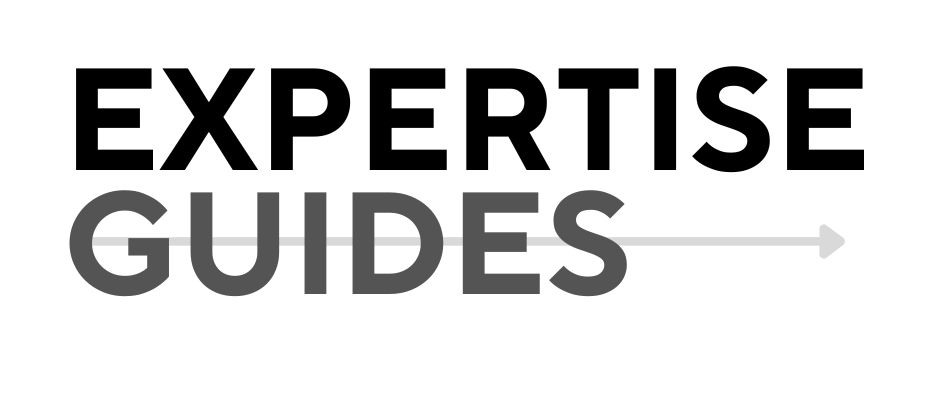Summary: Discover how to shift from cold calling to a more effective inbound pipeline strategy for sustainable business growth.
Information Type: Guidebook
Rethinking Pipeline Development: A Guidebook for Business Coaches and Consultants
I. Introduction
Pipeline development is crucial for any business coach or consultant aiming to maintain a steady flow of clients. Traditional methods, such as cold calling, have long been considered the gold standard. However, in today’s digital age, it’s time to question this approach. In this guidebook, we will challenge the widely held belief that “cold calling is the most effective way to build a pipeline” and explore more effective strategies.
II. The Cold Calling Myth: Deconstructing the Conventional Wisdom
Historical context of cold calling in business development
Cold calling has its roots in mid-20th century sales tactics when direct and unsolicited outreach was one of the few ways to connect with potential clients. It was seen as a numbers game: the more calls made, the higher the chance of securing a client.
Perceived benefits of cold calling
Advocates of cold calling argue that it provides immediate interaction, allows for detailed explanations, and can be personalized on the spot. However, these perceived benefits are increasingly overshadowed by the challenges of this approach.
Empirical evidence challenging its effectiveness
-
Success rates and ROI studies: Research shows that cold calling has a success rate of less than 2% (source: Keller Research Center, 2019). This low return on investment (ROI) questions the efficiency of time and resources spent on this method.
-
Changing consumer behavior and preferences: Consumers today prefer to research and reach out at their own pace. A study by HubSpot (2020) found that 60% of consumers are annoyed or irritated by cold calls.
-
Impact on brand perception: Persistent cold calling can harm brand perception. It often comes across as intrusive, leading to a negative impression of your business.
III. The New Paradigm: Inbound Pipeline Development
Definition and principles of inbound marketing
Inbound marketing focuses on attracting clients through valuable content and experiences tailored to them. Unlike cold calling, inbound strategies draw people in, making them more likely to be interested in your services.
Key components of an inbound pipeline strategy
-
Content marketing: Create and share valuable content that addresses your audience’s pain points and positions you as an expert.
-
Social media engagement: Use social media platforms to engage with potential clients, share insights, and build relationships.
-
Search engine optimization (SEO): Optimize your content to rank higher on search engines, making it easier for potential clients to find you.
-
Email nurturing: Develop automated email sequences that provide value and build trust over time with your prospects.
Case studies and success stories
Many businesses have successfully transitioned to inbound strategies. For example, a business coach who adopted content marketing saw a 300% increase in qualified leads over six months (source: Content Marketing Institute, 2021).
Metrics and KPIs for measuring inbound success
Track metrics such as website traffic, lead conversion rates, social media engagement, and email open rates to measure the effectiveness of your inbound strategy.
IV. Implementing an Inbound Pipeline Strategy
Assessing your current pipeline development approach
Start by evaluating your current methods. Identify what’s working and what isn’t, then determine how you can integrate inbound tactics.
Creating a content strategy aligned with your expertise
Develop a content plan that highlights your knowledge and addresses the specific needs of your target audience. This could include blog posts, videos, podcasts, and downloadable resources.
Leveraging technology and tools for inbound marketing
Utilize marketing automation tools like HubSpot, Mailchimp, or Buffer to streamline your inbound efforts and maintain consistent communication with your audience.
Building and nurturing relationships through value-added interactions
Focus on providing value in every interaction. This could be through insightful blog posts, helpful social media tips, or personalized email responses.
Balancing inbound efforts with targeted outreach
While inbound should be your primary focus, don’t completely abandon targeted outreach. Warm leads or referrals can still benefit from personalized follow-ups.
V. Conclusion and Action Steps
Recap of the paradigm shift from cold calling to inbound strategies
We’ve explored the limitations of cold calling and the advantages of inbound strategies. By shifting your focus, you can build a more sustainable and effective pipeline.
Key takeaways for implementing an effective inbound pipeline approach
- Embrace content marketing to attract and engage your audience.
- Leverage social media and SEO to enhance your visibility.
- Use email nurturing to build relationships over time.
- Measure your success with relevant metrics and KPIs.
Encouragement to experiment and refine your strategy
Every business is unique, so it’s important to experiment with different strategies and refine your approach based on what works best for you.
Follow me for more insights on effective business strategies. Comment with your thoughts and experiences. Share this article with fellow business coaches and consultants.


